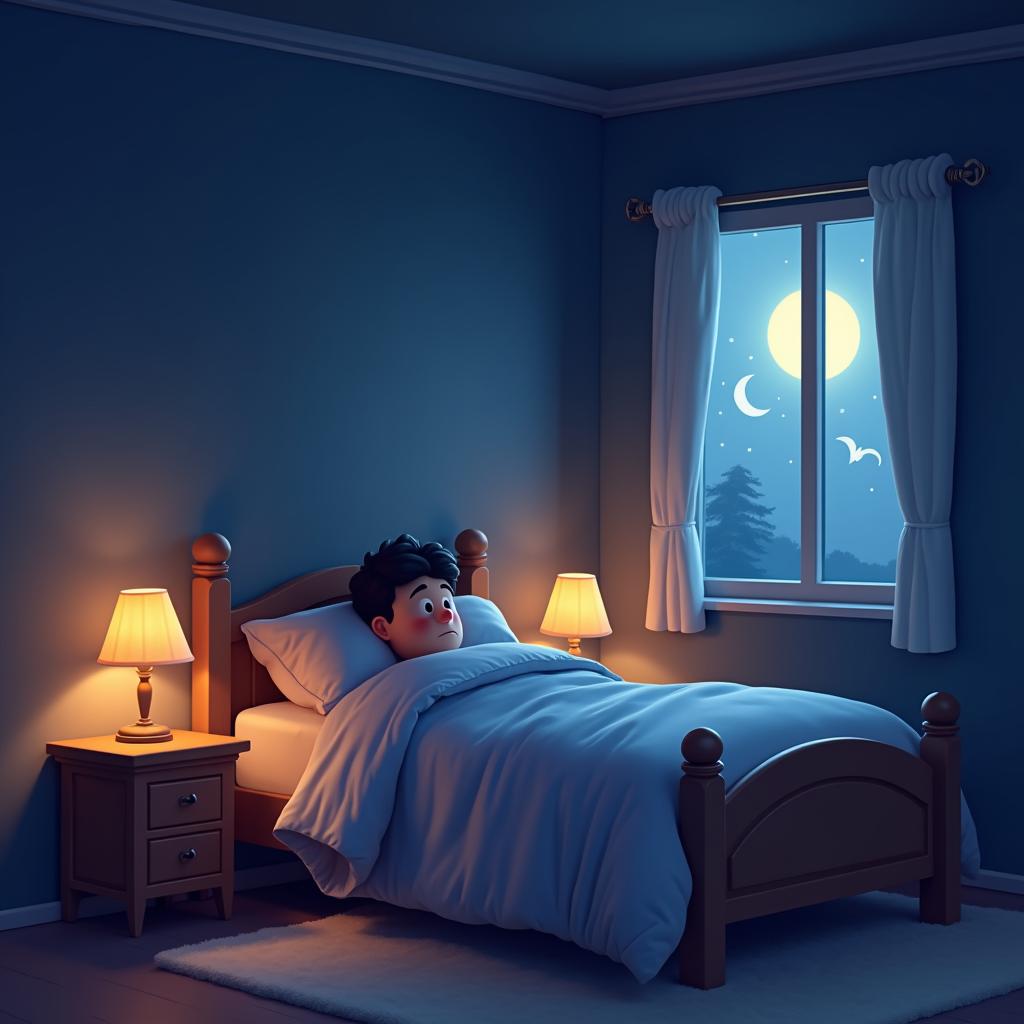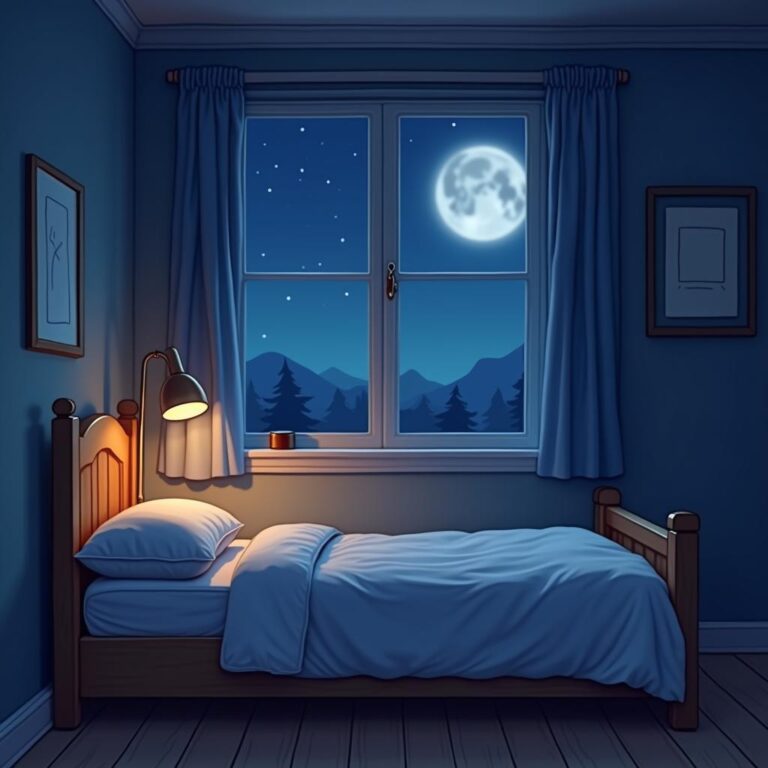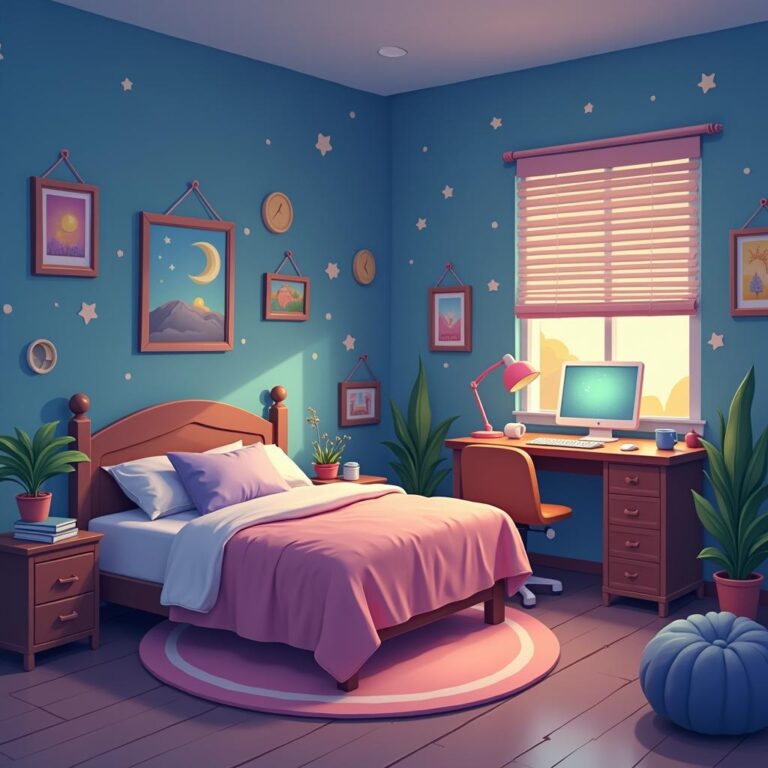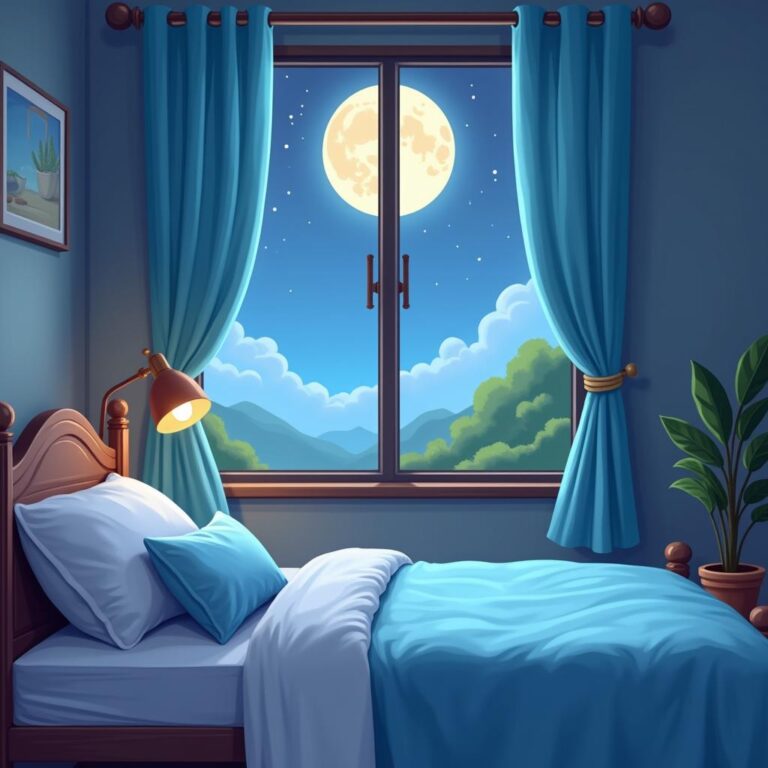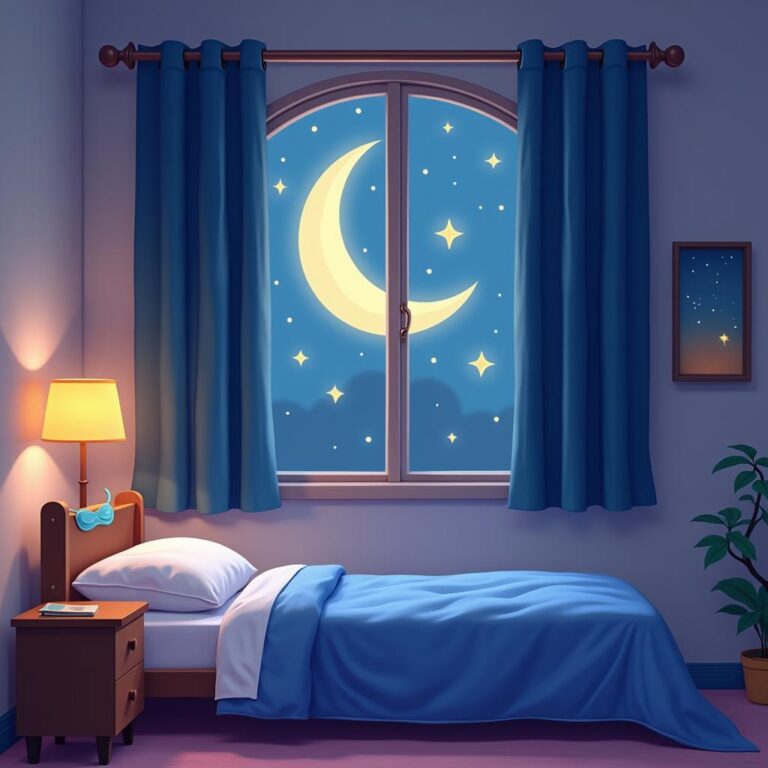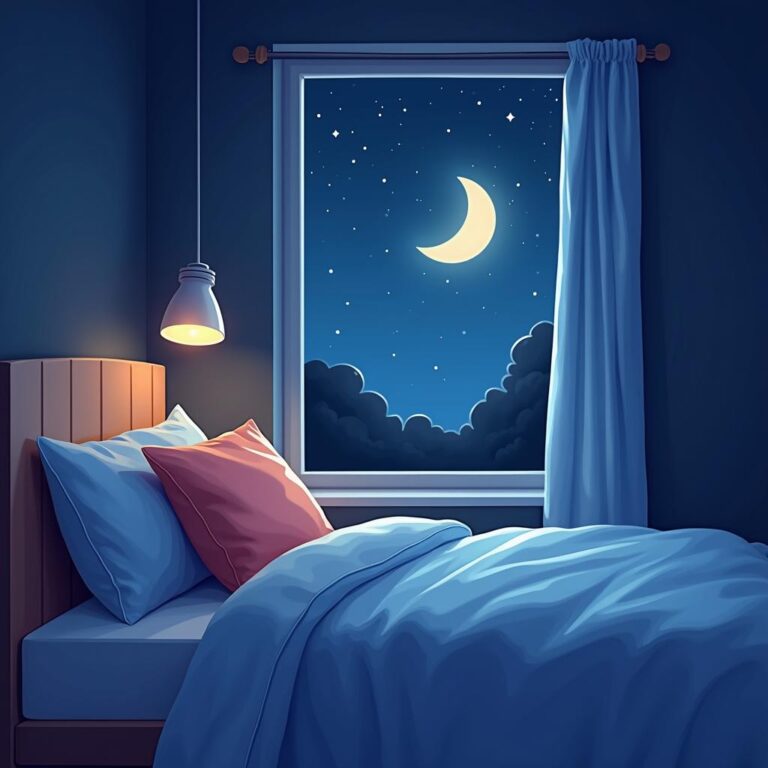Creating the perfect bedroom environment is essential for achieving quality sleep, and a significant factor that contributes to this is the lighting. The best bedroom lighting for quality sleep can help regulate your circadian rhythm, promote relaxation, and set the right ambiance for rest. In this article, we will explore different types of lighting options, the science behind sleep and light, and tips on creating your ideal sleep sanctuary.
Understanding the Science of Sleep and Light
Before diving into the various lighting options for your bedroom, it’s crucial to understand how light affects sleep. Natural light plays a vital role in regulating our body’s internal clock, or circadian rhythm. This rhythm controls our sleep-wake cycle, hormone release, and body temperature, which all influence how well we sleep.
Exposure to bright or blue light in the evening can interfere with the production of melatonin, the hormone responsible for sleep regulation. On the other hand, warm, dim lighting can help signal to your body that it’s time to unwind and prepare for sleep. Therefore, choosing the best bedroom lighting for quality sleep should focus on minimizing harsh lighting and promoting soothing, warm tones.
Types of Lighting for Quality Sleep
1. Ambient Lighting
Ambient lighting serves as the primary source of illumination in your bedroom. Soft, diffuse light from overhead fixtures creates a relaxed atmosphere that’s conducive to unwind. Consider options like:
- Recessed lighting: Installed into ceilings for a clean look while providing a gentle wash of light.
- Soft LED bulbs: These bulbs emit a warm light that can be dimmed to your preference.
- Wall sconces: Mounted on walls, they provide an elegant touch and a softer glow.
2. Task Lighting
Task lighting directs light where needed and is suitable for activities such as reading before bed. However, it’s essential to choose task lighting that won’t disrupt your sleep. Options include:
- Bedside lamps: Choose lamps with a dimmer switch and shades that diffuse the light evenly.
- Clip-on reading lights: These can be attached to the headboard and offer focused light for reading without disturbing your partner.
3. Accent Lighting
Accent lighting adds character and warmth to the bedroom while contributing to the overall ambiance. It should not be overly bright but rather create a gentle glow. Consider these options:
- Fairy lights: String lights can be draped around the bed or on shelves for a cozy feel.
- Candles: Scented candles can combine soothing light with calming scents that help promote sleep.
- Smart bulbs: These can be programmed to change colors and brightness, allowing you to tailor the lighting based on your mood and time of day.
The Importance of Dimming Lights
Dimming your lights in the evening is one of the most effective ways to promote quality sleep. The gradual reduction of light can signal to your body that it’s time to wind down. Here’s how to implement dim lighting in your bedroom:
- Install dimmer switches: Update your existing ceiling fixtures and lamps with dimmer switches for adjustable brightness.
- Use smart lighting systems: These allow you to control brightness and color temperature via smartphone apps and integrate with your daily schedule.
Color Temperature Matters
When selecting bulbs for your bedroom, pay attention to the color temperature. The best bedroom lighting for quality sleep typically falls in the warm spectrum, around 2700K to 3000K. Here’s what to look for:
- Warm white bulbs: These emit a soft, yellow light ideal for creating a calm space.
- Adjustable color temperature lights: Some smart bulbs allow you to change the color temperature throughout the day, cooling down in the morning and warming up in the evening.
Creating the Ideal Sleep Environment
Aside from choosing the right lighting, other aspects of your bedroom can influence sleep quality. Here are additional tips to create the perfect sleep environment:
1. Control Natural Light
Natural light can have a significant impact on your quality of sleep. For optimal rest, consider blackout curtains or blinds to block out external light at night. During the day, let natural light in to help regulate your circadian rhythm.
2. Avoid Blue Light Before Bed
Limiting exposure to screens (smartphones, tablets, laptops) at least an hour before bedtime can benefit sleep. The blue light emitted by these devices can inhibit melatonin production. Consider using blue light filters or apps that adjust your screen’s color temperature as the evening approaches.
3. Utilize Sleep Tech
Various sleep gadgets can aid in creating the right ambiance. For example:
- Sleep masks: These can block out any unwanted light when trying to sleep.
- White noise machines: While not lighting, these devices can help drown out disruptive noise and create a soothing atmosphere.
Conclusion
Investing time and effort into finding the best bedroom lighting for quality sleep is a step towards a more restful night. By understanding the impact of light on sleep, choosing appropriate ambient, task, and accent lighting, and incorporating smart technology, you can create an optimal sleep environment. Remember, a well-lit bedroom contributes not just to aesthetics but also significantly influences your ability to fall asleep and enjoy restorative rest. Prioritize lighting and watch how your sleep quality improves!

